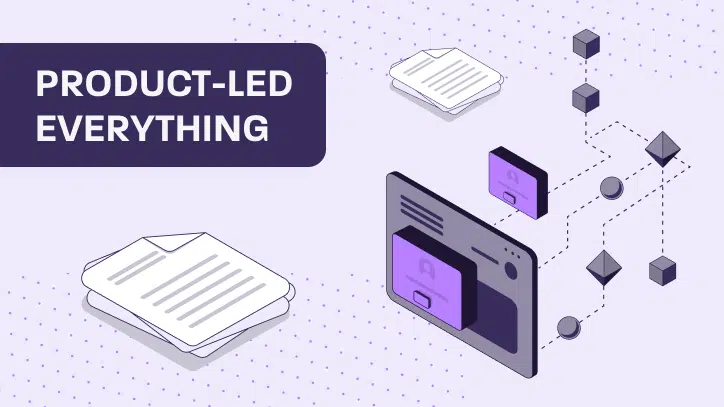
Product Demos
Keep reading
Are Live Demos a Good Idea for SaaS Sales?
Live demos are great. But there are other options.

Product Demos
Keep reading
Product-Led Everything: The Evolution of the Modern GTM Motion
We put this ultimate guide to product-led everything together. This isn’t just another framework—it’s a mindset shift.

Product Demos
Keep reading
What Are Sales Demonstrations? The Ultimate Guide
In this article, we will break down everything you need to know about delivering killer sales demonstrations.

Product Demos
Keep reading
The Silent Conversation: Unlocking the Power of Interactive Demo Analytics in B2B Sales
We want to break down everything you need to know about using interactive demo analytics.

Product Demos
Keep reading
How Product Marketers Use Interactive Demos
In this article, we’re going to focus on how product marketers use interactive demos in the GTM motion.

Product Demos
Keep reading
A Guide for Organizing Your GTM Team’s Content With Walnut
In this blog, we’ll explore how to effectively organize your sales content using Walnut, ensuring your team always has the…

Product Demos
Keep reading
Your Guide to Preparing a Great Software Demo Presentation
Tips and tools to create better software demo presentations.

Product Demos
Keep reading
How to Use Interactive Product Demos for Product Marketing
Learn how to use interactive product demos to boost your company’s product marketing efforts. Read all about Interactive demos.

Product Demos
Keep reading
How to Create a Winning Demand Generation Strategy for B2B
Learn how to create a demand generation strategy focused on the B2B industry and how to convert quality B2B leads.

Product Demos
Keep reading
Product Tours and Walkthroughs – The Complete Guide
What is a product tour? Learn why your product needs a product tour, and how to make an interactive product…

Product Demos
Keep reading
What’s a Product Demo? The Full Guide for Sales Teams
Everything you need to know about delivering successful product demos.

Product Demos
Keep reading
What is a Virtual Training Platform?
A virtual training platform is an online platform that provides training and learning experiences to users through a realistic virtual…
You sell the best product.
You deserve the best demos.


Never miss a sales hack.
Subscribe to our blog to get notified about our latest sales articles.